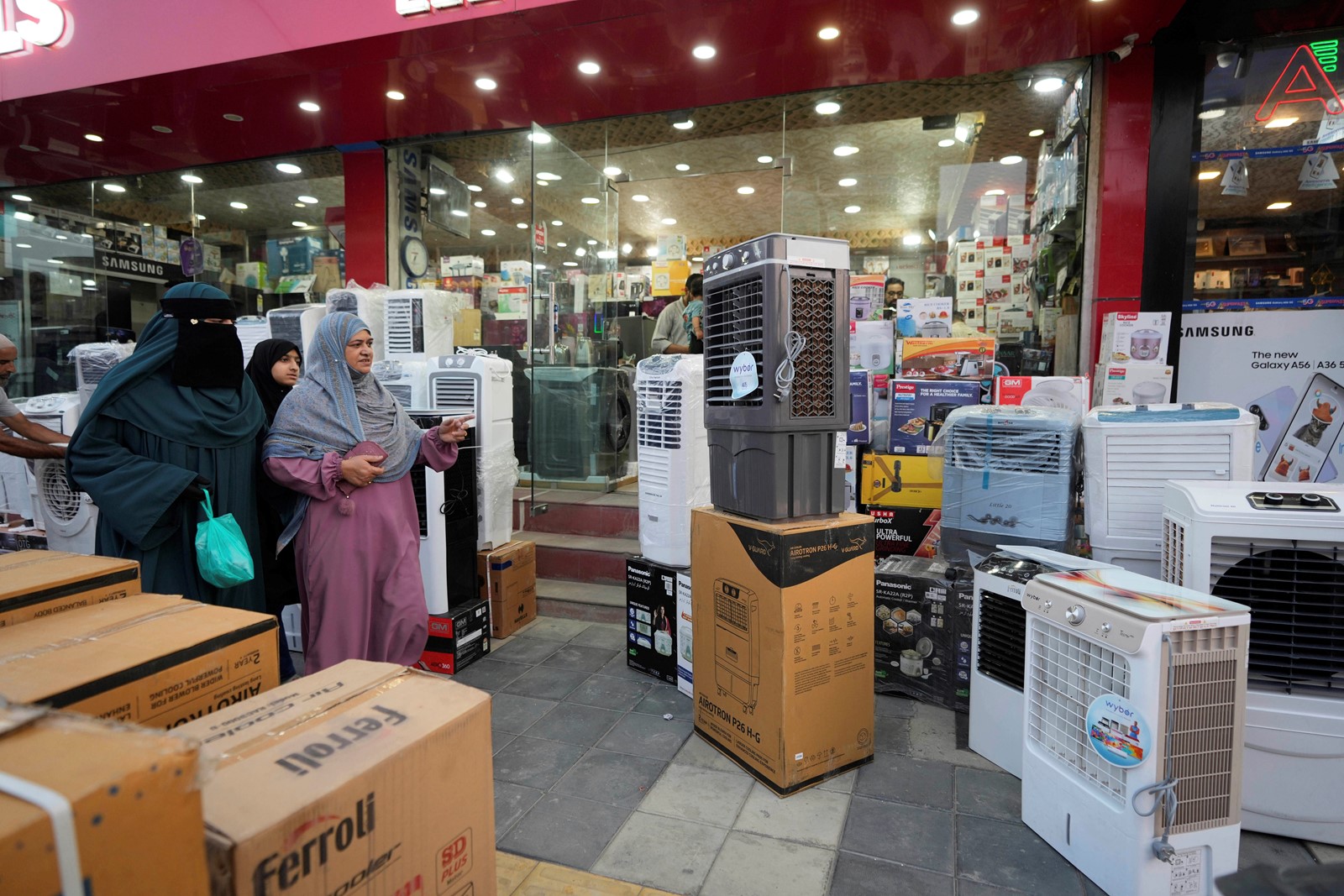
BENGALURU, India — India’s government is seeking to limit temperature settings on new air conditioners to save electricity in the country that is considered the fastest-growing market for them.
The power minister proposed a rule in June requiring air conditioners sold in the country to have thermostats that can be set no lower than 68 degrees.
Officials hope the small change will create massive energy savings in the country of more than 1.4 billion people. Ten million to 15 million air conditioners are sold annually as incomes and urbanization increase along with the temperatures.
The current lowest setting is 62. Officials say each degree an air conditioner is turned up saves about 6% on energy.
Energy experts said the proposal is a positive step, but requiring units to be more energy efficient would help more.
Power Minister Manohar Lal Khattar said the proposed rule would take effect soon but wasn’t specific about timing.
The proposal has gotten mixed reviews from people in India’s sweltering cities.
“Overall, I think it’s good to try and save energy, but at the same time I hope the government makes sure people are not too inconvenienced,” said Vikram Kannan, a 37-year-old teacher in the humid southern city of Chennai. “Sometimes there is no choice but to set a low air conditioner temperature in cities like Chennai because it’s just way too hot and humid.”
Air conditioners are fast becoming some of the biggest energy guzzlers in India. Room air conditioners accounted for as much as one-quarter of the electricity needed in India during peak demand times in 2024, according to estimates by researchers at the University of California, Berkeley. New AC units added between 2019 and 2024 have increased India’s peak demand by an amount roughly equivalent to what it would take to power New Delhi for a year, the researchers estimated.
If changes are not made, India is expected to have power shortages by next year. India’s hunger for energy is also a key reason the country is one of the highest emitters of planet-heating gases.
Nikit Abhyankar, a leader of the India Energy and Climate Center at the University of California, Berkley, said Delhi, like other major Indian cities, now experiences dual peaks in electricity use — one in the afternoon and another around midnight — driven largely by air conditioners. While solar energy can help offset daytime demand, nighttime cooling still relies heavily on fossil fuels.
He echoed the sentiment that while changing temperature settings will help, requiring air conditioners to be energy efficient would do more.
“Tightening the minimum efficiency standards can change things pretty significantly,” said Abhyankar, who has also studied the energy sector in the U.S., China, Indonesia and Vietnam.
Calling the proposed air conditioner rule a “step in the right direction,” Pramod Singh, an energy savings expert with New Delhi-based Alliance for an Energy Efficient Economy, said replacing the country’s 80 million older-generation, inefficient air conditioners is a key challenge for the government.
Many units available in India are so inefficient they couldn’t be sold in many other countries, Abhyankar said.


 PREVIOUS ARTICLE
PREVIOUS ARTICLE
